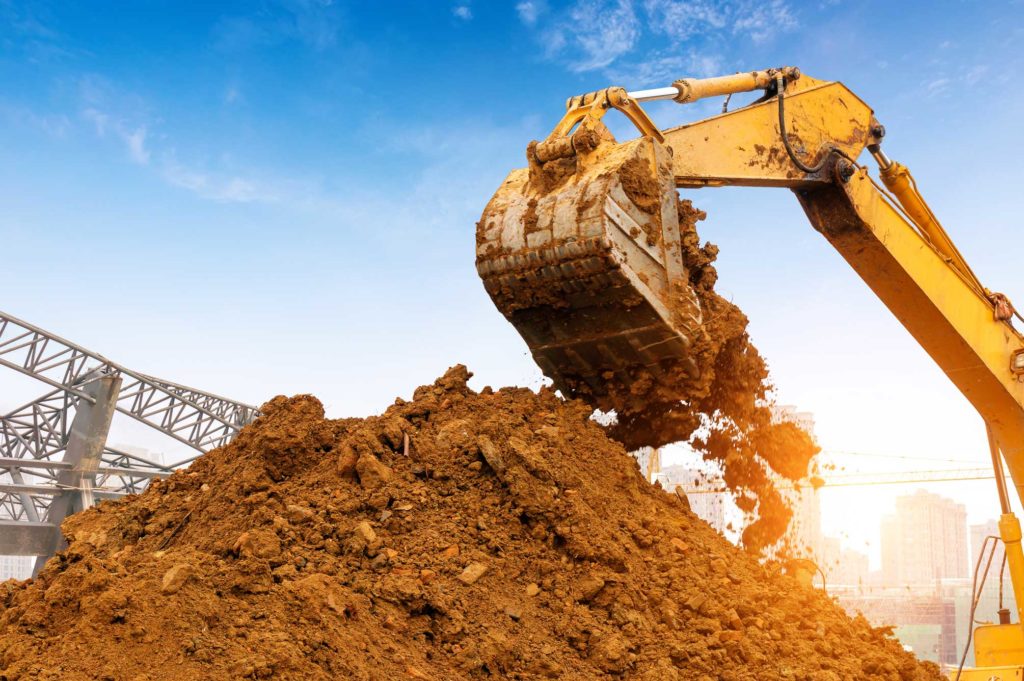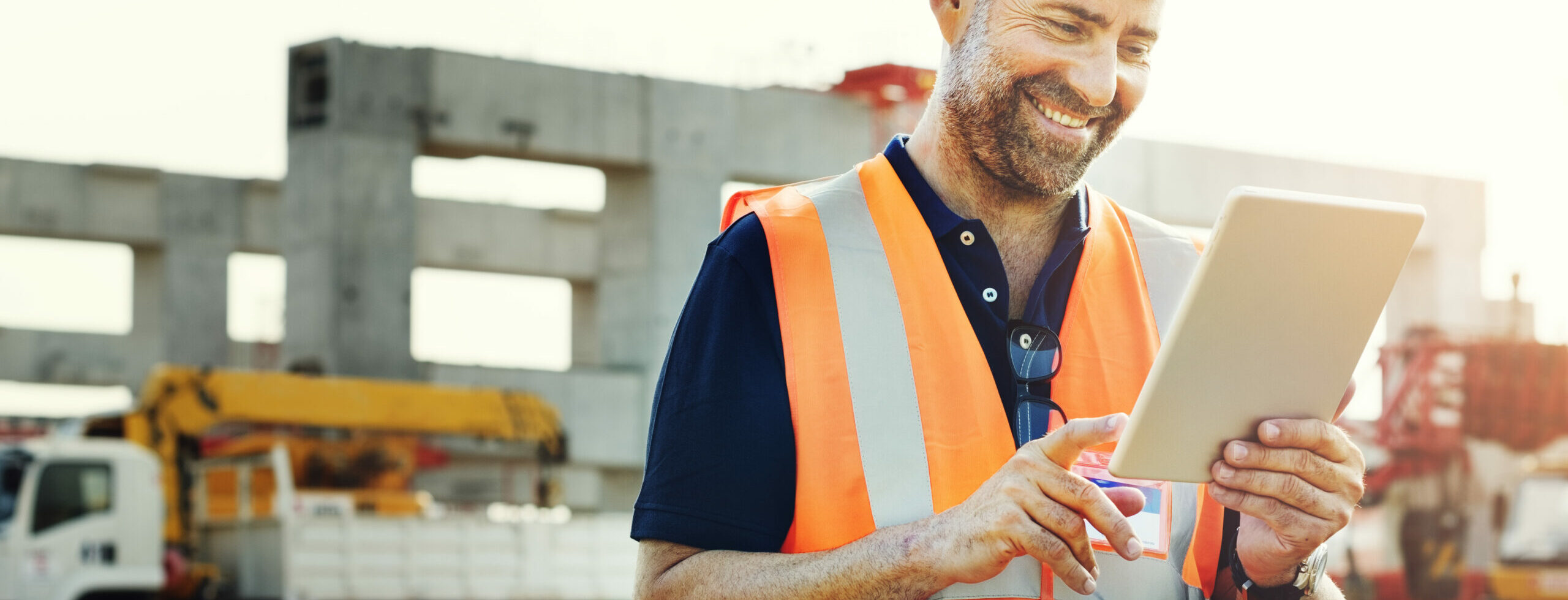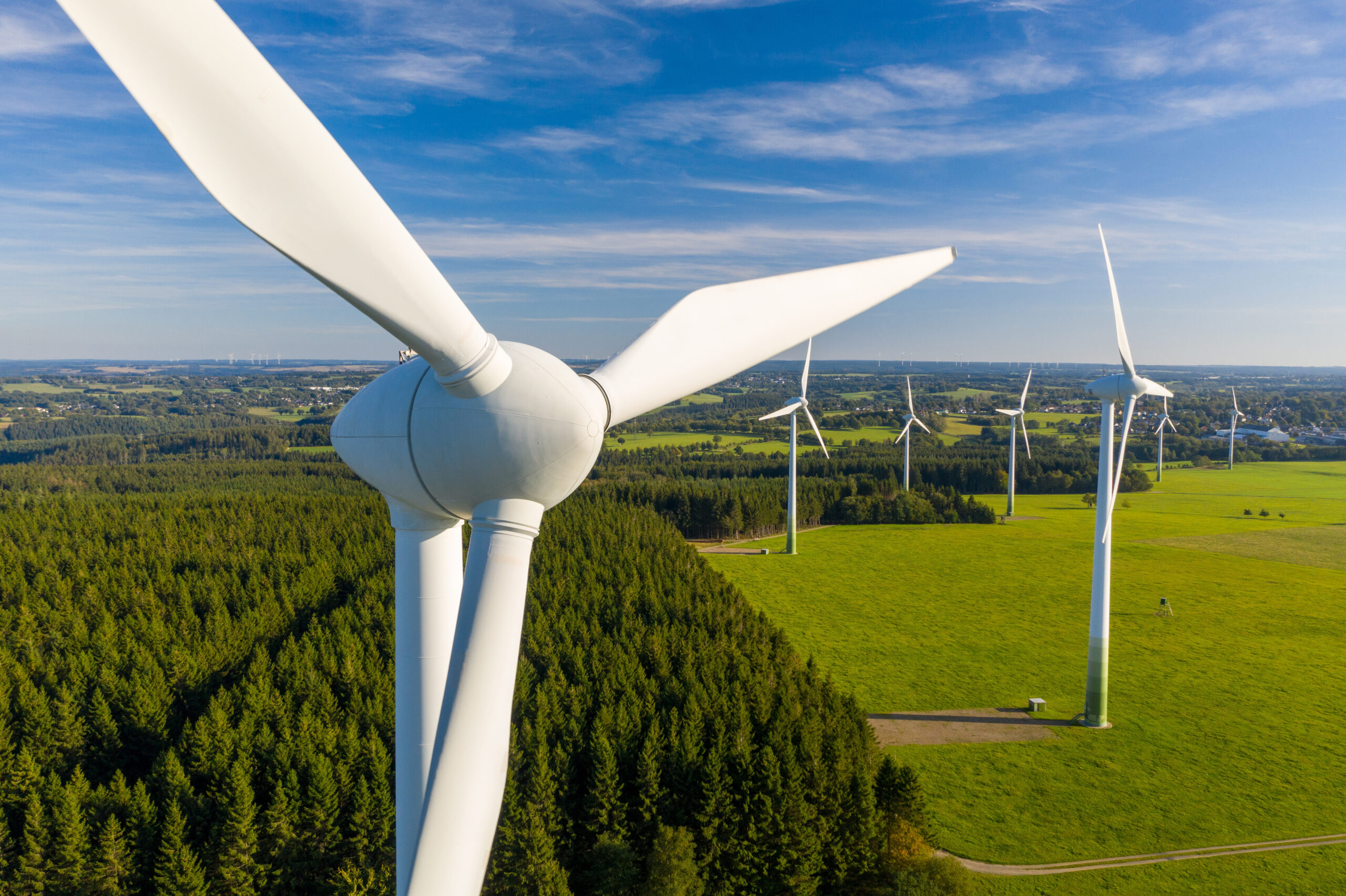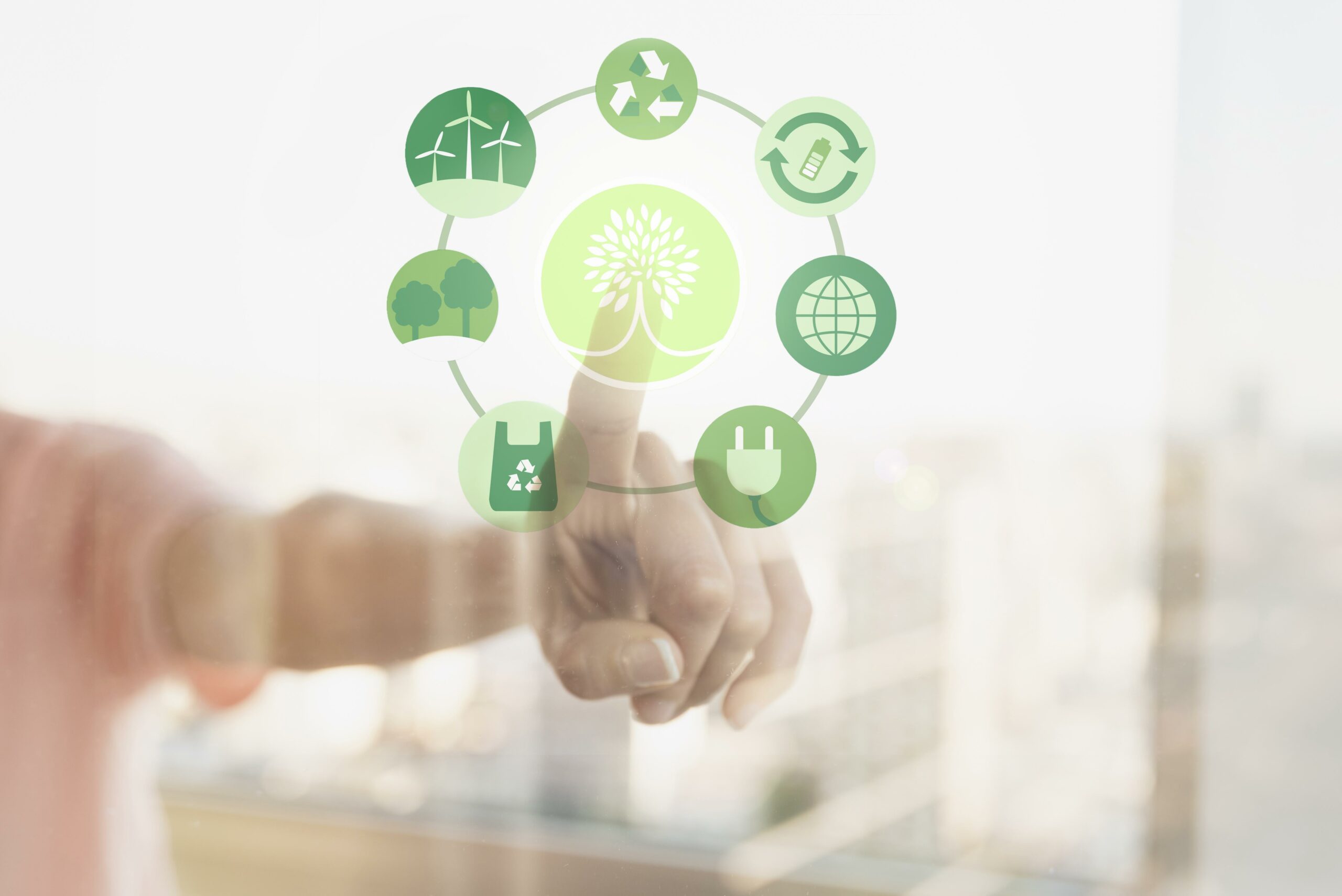Construction, redevelopment, maintenance or energy renovation, BTP companies are very often solicited for projects in the heart of cities. But to supply the sites with materials and small equipment, constraints accumulate: congestion, difficult parking, LEZ (Low Emission Zone), waste management… How can we help industry professionals deploy more efficient and greener logistics?
State of play
Composed 60% by craftsmen (plumber, tiler, mason, plater, painter, etc.), 24% by builders and 13% by Public Works, the French building market is a solid economic pillar. Weakened by the health crisis, the construction subsidiary experienced a significant rebound in its activities (+12%) in 2021, and is aiming for a 4.3% increase (excluding price effect) in 2022, to reach its pre-crisis level. (#Fédération Française du Bâtiment). Despite an inflationary environment, revenue will still grow by 3.5% (#Xerfi) in 2023, driven by the new housing market and stimulus plans for sustainable construction and energy renovation.
Indeed, the major cities are starting their ecological transformation with large-scale works: construction of bike paths, improvement of the conditions of access to public transport, redevelopment of roads, construction of parks, etc. “For Public Works alone, Paris is home to more than 6,000 construction sites!” explains Dominique Chevillard, Technical and Research Director at the FNTP, interviewed last June at an InterLud seminar, dedicated to the logistics of construction site flows.
This dynamic is a boon for the construction industry, but it is not without consequences: works mainly in urban areas impact the lives of residents and the functioning of the public space: modification of traffic routes, back-and-forth of utilities, traffic congestion, noise pollution… All on longer times!
In light of this, communities and construction professionals have understood the need to change their habits. With the approach of the 2024 Olympic Games in Paris and given the scale of new projects in urban areas, an entire ecosystem must act to deploy a more virtuous site logistics.

Major projects, major challenges
Large-scale projects are multiplying in the city and new logistical and environmental challenges are not long in coming! The most striking example is the construction of the Grand Paris Express (a network of more than 200 km!) which requires the extraction of 47 million tons of land from the Paris underground. A colossal volume that will be evacuated and upgraded by 2030!
In the first quarter of 2022, craft construction companies posted a 3.5% dynamic growth, driven in particular by maintenance and renovation and energy efficiency improvements to housing
#CAPEB
On average, SMEs and building VSBs completed 113 projects in 2020, 61% of which were in urban areas.
#SUPERVAN
There are 9,496 projects currently underway in Paris!
#LEPARISIEN
In light of this, communities and construction professionals have understood the need to change their habits. With the approach of the 2024 Olympic Games in Paris and given the scale of new projects in urban areas, an entire ecosystem must act to deploy a more virtuous site logistics.
> Which urban logistics solutions should be turned to in order to optimise the supply flows of construction sites and waste disposal?
Construction communities & businesses: performance as a common objective
Poorly organized and regulated, logistics flows linked to urban sites often hinder users’ mobility and hinder their tranquillity. To mitigate these nuisances and respond to the policies of the communities, the challenge of the sector today is to organize its flows in a goal of economic and ecological efficiency, at the service of a sustainable city.
§ Towards a more cost-effective delivery model
Despite the diversity of actors and types of intervention, the construction sector shares the same challenges related to urban logistics: LEZ regulations, conditions of access, parking problem, carbon impact, etc. In addition, there are constraints of its own:
- Technical constraints, related to the availability and the diverse nature of the materials and equipment used (concrete, crane, lifting equipment, small tools)
- Constraints related to the interdependence of activities: the various stakeholders on the same site are dependent on the progress of other trades
- Constraints due to lack of space: in general, few surfaces are available for storing, loading and unloading materials and equipment
- Regulatory constraints: in addition to the LEZs, the building sector must meet numerous obligations in the course of its activities (REP, AGEC, etc.)
- Constraints linked to insecurity: the sector recorded record losses related to theft and vandalism (deterioration of cement bags, theft of tools, etc.)
To meet all these challenges while remaining competitive, major manufacturers, craftsmen, merchants and suppliers of materials, seek to gain in productivity by reorganizing their supply chain: delivery of material, supply of materials, delivery of parcels, waste disposal, each flow must be able to be optimized and traced, in a logic of control of costs and deadlines.
Indeed, although the economic situation is encouraging, profitability remains uncertain, held back by the continued rise in energy and materials costs (+18% in Q1 2022*), and supply challenges that affect the entire economy. #CAPEB
Building professionals report an average of more than 12 days a year of immobilization of their vehicles on construction sites, and 58% say that supplies of equipment and materials have caused them to lose 2 hours of work on average for several people.
#SUPERVAN
30% of construction companies consider that their site is too small or unsuited to the specificities of their activities.
#CHAMBRE DE COMMERCE DES MÉTIERS ET DE L’ARTISANAT 2006
Construction companies buy on average every two days
#SUPERVAN
To remove the constraints of urban logistics and ensure the economic profitability of construction sites, several solutions can be deployed by construction professionals:



" When the customer calls us, it is because there is an emergency with risk of stopping the site. We must intervene immediately: the goods are thus removed from the customer with a dedicated vehicle, adapted to the nature of the product transported (pallets, IBC tanks...) to be delivered to the site the next morning before 7am"
■ Towards a more ecological delivery model
The largest emitter of greenhouse gas emissions in the world, the actors of the building and public works figure bad student. But ecological awareness is gaining ground in the sector that multiplies initiatives to green its flows. This is a good thing, because today, 60% of the carbon footprint of construction sites depends on the freight they generate!
Faced with the climate emergency and under the weight of regulations, builders and building professionals seek to reduce their carbon impact. Actions include the reduction of the volume of water used on the site, the recycling of unused materials or the delivery of materials by “mild” delivery methods.
But in order for the site logistics to be as virtuous as possible, all stakeholders (local authorities, project owners, companies, professionals in recycling or waste disposal, etc.) They must focus their actions in favour of the ecological transition. As such, the State is legislating more and more for the recovery of waste. As a result, since January 2022, building professionals have been required to sort and dispose of their waste from their construction site, under the anti-waste law and the circular economy (AGEC).
In the last kilometer segment, cyclo logistics start-ups are vying for ideas to address the pollution and noise problems generated by construction logistics. For example, cargo bikes equipped with trolleys and capable of loading up to 500 kg are an interesting alternative to deliver construction sites in a more responsible manner.
Businesses are increasingly sensitive to the use
of electric vehicles (55%). In fact, more than a
quarter of businesses are willing to pay more for
a mild delivery method.
#SUPERVAN
In 7 years, it is estimated that there has been an increase of +19 points in the recovery of waste from the sector, with 67% recovery in 2021 versus 46% in 2008.
#ADEME
In a sector that is not yet digitalised (8 out of 10 companies do not use software to optimize their productivity on construction sites), it is essential to call on a logistics partner equipped with optimizers of tours and high-performance tracking tools to gain logistical and energy efficiency.

Outsourced logistics, the cornerstone of a project without incident
Whatever the size or nature of the project, an arbitration must be carried out between the deadlines, the costs and the various constraints specific to the urban project. Logistics became the most strategic performance lever for construction. Today, only a third of the construction companies use external logistics solutions to be delivered directly to their site. However, the benefits are numerous: time savings, response to regulatory pressures and parking problems, decarbonization of flows, etc.
The construction site in urban areas gives rise to more logistical and environmental requirements. The whole challenge is to fluidize the different flows in order to operate in the heart of cities in the most optimal way. Go through a logistics provider capable of providing express delivery solutions for small equipment in H+2, night deliveries in specific room or container, local storage, order preparation, reverse logistics and waste management, will allow you to refocus on your core business and ensure the smooth running of your project. Another important point: by choosing an operator that has a dense and shared network, you will be sure to benefit from an effective service-carbon balance-price ratio
Fabienne FAUNY-TIZIO Managing Director STERNE City Tweet
 An increase in the productivity of your teams who will benefit from a level of service adapted to the criticality of the situation:
An increase in the productivity of your teams who will benefit from a level of service adapted to the criticality of the situation:o Urgent deliveries, for interventions in 2, 4 or 8 hours
o Late-day abductions and overnight deliveries, allowing intervention from the first hour the next morning
o Deliveries «standard» in D+1, for the less critical cases or to meet a logic of replenishment
 A significant reduction in your carbon footprint: by moving from a dedicated network to a shared network, you will divide your CO2 emissions by four on average
A significant reduction in your carbon footprint: by moving from a dedicated network to a shared network, you will divide your CO2 emissions by four on average  Regulating your upstream and downstream flows to free up public space and noise
Regulating your upstream and downstream flows to free up public space and noiseVous gagnerez ainsi en flexibilité et efficacité, tout en répondant aux normes environnementales actuelles (vignette Crit’air 2, ZFE…).
Lorem ipsum dolor sit amet, consectetur adipiscing elit. Ut elit tellus, luctus nec ullamcorper mattis, pulvinar dapibus leo.







